Resources
Update
he construction industry has always been a dynamic and complex sector, characterized by its constant need for skilled labor, flexibility, and profit margins from project to project.
Recently, the concept of a contingent workforce has gained traction within the construction realm, offering both employers and workers a range of benefits that contribute to increased efficiency, reduced costs, and improved project outcomes.
Often the term “contingent workforce” is used to refer to temporary workers and was typically thought of as entry-level administrative or light-duty positions. Today, that just isn’t the case. Contingent staff can be remote workers or day laborers, they can transition from one project site to the next, can work in an office, or can be a combination of those options.
- Flexibility and Scalability: Construction projects often experience fluctuating workloads, with demands that vary from one phase of a project to another. A contingent workforce allows construction companies to quickly scale a workforce up or down based on project requirements. This agility helps companies avoid fixed costs associated with maintaining a large permanent workforce during periods of low demand.
- Cost Efficiency: Hiring a contingent workforce can be cost-effective, as employers can avoid expenses related to providing benefits, insurance, and other perks associated with full-time employment. Companies can also reduce overhead costs by paying for labor only when it is needed.
- Access to Specialized Skills: The construction industry requires a diverse range of skills, many of which are project-specific or tied to certain phases of construction. By tapping into a contingent workforce, companies gain access to specialized skills and expertise without the long-term commitment of hiring permanent employees.
- Reduced Recruitment Time: Traditional hiring processes can be time consuming and may lead to delays in project timelines. Contingent workers are often readily available and can be onboarded quickly, helping construction projects stay on track.
- Innovation and Fresh Perspectives: Introducing new talent through a contingent workforce can inject fresh ideas and innovative approaches into construction projects. Contractors with diverse backgrounds and experiences can contribute to problem-solving and drive creativity within the team.
- Reducing Core Team Burnout: With help from a contingent workforce, the existing workforce can have access to key, skilled labor and avoid burnout from one project to the next. More mature programs can allow leaders to plan for and make room to provide current, high-valued staff the opportunity to take a sabbatical, relying on a contingent solution in the interim.
- Managing Relationships: Coordinating a mix of permanent and contingent workers can be a complex task, requiring effective management and communication to ensure all team members collaborate seamlessly.
- Maintaining Quality and Consistency: Ensuring consistent quality across various phases of a project may be a concern when relying on a contingent workforce. Proper onboarding and training, clear guidelines, and solid quality-control mechanisms are necessary to uphold standards.
- Legal and Regulatory Compliance: Labor laws and regulations can differ when it comes to contingent workers. When employees are working in another state, payroll tax, IT security, and job classifications must be addressed before the first day of employment.
- Cultural Integration: Contingent workers may not fully assimilate into the company culture, potentially affecting teamwork and overall project cohesion. Strategies to promote inclusivity and integration are crucial so that each contingent worker and the existing staff are respected for their respective roles.
Construction workforce shortages are expected to increase by 546,000 workers in 2023. The construction industry is undergoing a significant transformation, driven by technological advancements, sustainability imperatives, and evolving project-delivery methods. The contingent workforce is poised to play a pivotal role in this transformation by providing the flexibility, expertise, and adaptability required to meet these changing demands.
Many other industries have come to see the contingent workforce as a valuable resource, offering a range of benefits that contribute to flexibility, efficiency, and project success. As the construction industry evolves, the contingent workforce is set to shape the future of construction by providing the skills and adaptability needed to thrive in an ever-changing environment.
